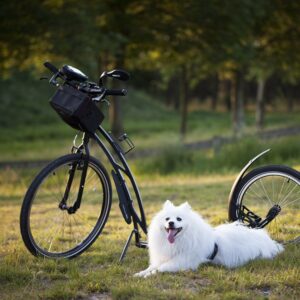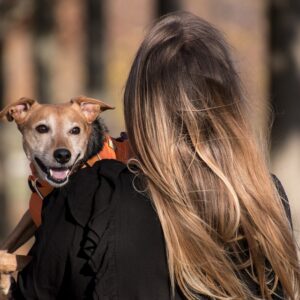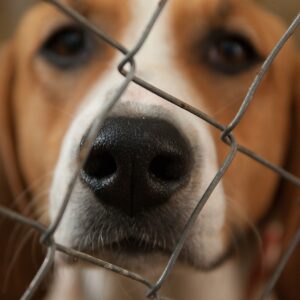Dogs are often considered to be a member of the family, so it’s only natural that we want to include them in our meals and treat them to tasty snacks. However, there are certain foods that can be dangerous or even deadly for dogs to consume. With their curious nature and willingness to beg for table scraps, it’s important for dog owners to be aware of the potential dangers of feeding their furry friends forbidden foods.
One of the most well-known forbidden foods for dogs is chocolate. While many people are aware that chocolate is toxic to dogs, not everyone knows just how dangerous it can be. Chocolate contains theobromine, a stimulant that is toxic to dogs in large quantities. Ingesting chocolate can lead to symptoms such as vomiting, diarrhea, rapid breathing, increased heart rate, and even seizures. In severe cases, chocolate poisoning can be fatal. Dark chocolate and baking chocolate are particularly dangerous due to their higher theobromine content, so it’s best to keep all forms of chocolate out of reach of your dog.
Another common forbidden food for dogs is grapes and raisins. While the exact reason why grapes and raisins are toxic to dogs is unknown, ingestion of even a small amount can lead to kidney failure. Symptoms of grape or raisin toxicity include vomiting, diarrhea, lethargy, and decreased urination. It’s important to note that some dogs may be more sensitive to grapes and raisins than others, so it’s best to avoid feeding them to your dog altogether.
Onions and garlic are also dangerous forbidden foods for dogs. These vegetables contain compounds that can cause damage to a dog’s red blood cells, leading to a condition known as hemolytic anemia. Symptoms of onion or garlic toxicity include vomiting, diarrhea, weakness, and pale gums. In severe cases, ingestion of onions or garlic can be fatal. It’s important to avoid feeding your dog any foods that contain onions or garlic, such as onion soup or garlic bread.
Avocados are another forbidden food for dogs due to their high levels of persin, a fungicidal toxin that can cause vomiting and diarrhea in dogs. In severe cases, ingestion of avocado can lead to pancreatitis and cardiovascular damage. While the flesh of the avocado is less toxic than the pit, it’s best to keep all parts of the avocado away from your dog.
Xylitol is a sugar substitute commonly found in sugar-free gum, candy, and baked goods. While safe for humans, xylitol is extremely toxic to dogs and can lead to a rapid drop in blood sugar and potentially fatal liver damage. Ingestion of xylitol can cause symptoms such as vomiting, lethargy, seizures, and collapse. It’s important to check the ingredients of any food or products before giving them to your dog to ensure they don’t contain xylitol.
In addition to these forbidden foods, there are several other common items that can be dangerous for dogs to consume. Alcohol, caffeine, macadamia nuts, and raw yeast dough are all toxic to dogs and can lead to a variety of symptoms such as vomiting, diarrhea, tremors, and seizures. While it may be tempting to share your favorite foods with your furry friend, it’s important to err on the side of caution and avoid feeding them anything that could potentially harm them.
So, how can you keep your pup safe from forbidden foods? The best way to prevent your dog from ingesting harmful foods is to be mindful of what you’re feeding them and to keep all toxic items out of reach. Here are some tips to help you keep your dog safe:
1. Educate yourself on the dangers of forbidden foods for dogs. Familiarize yourself with the list of toxic foods and keep it handy for reference.
2. Store all toxic foods out of reach of your dog. Keep foods like chocolate, grapes, onions, and xylitol-containing products in cabinets or on high shelves where your dog can’t access them.
3. Be mindful of what you’re feeding your dog. Avoid sharing your meals with your dog unless you’re sure that the food is safe for them to eat.
4. Keep an eye on your dog at all times, especially during meal times or when you have guests over. Make sure they aren’t sneaking forbidden foods when you’re not looking.
5. Don’t hesitate to contact your veterinarian if you suspect that your dog has ingested a forbidden food. Time is of the essence when it comes to toxic food ingestion, so it’s best to seek help right away.
By following these tips and being aware of the dangers of forbidden foods for dogs, you can help keep your furry friend safe and healthy. Remember, when it comes to your dog’s diet, it’s always better to be safe than sorry. Your pup will thank you for it in the long run.



